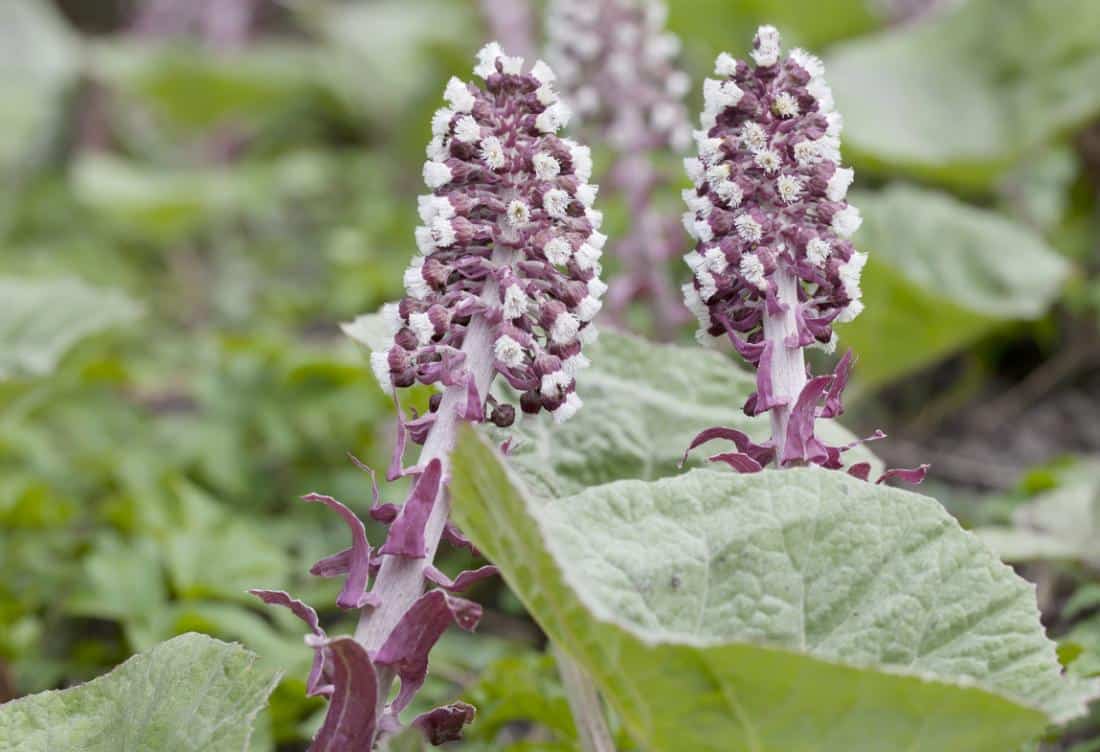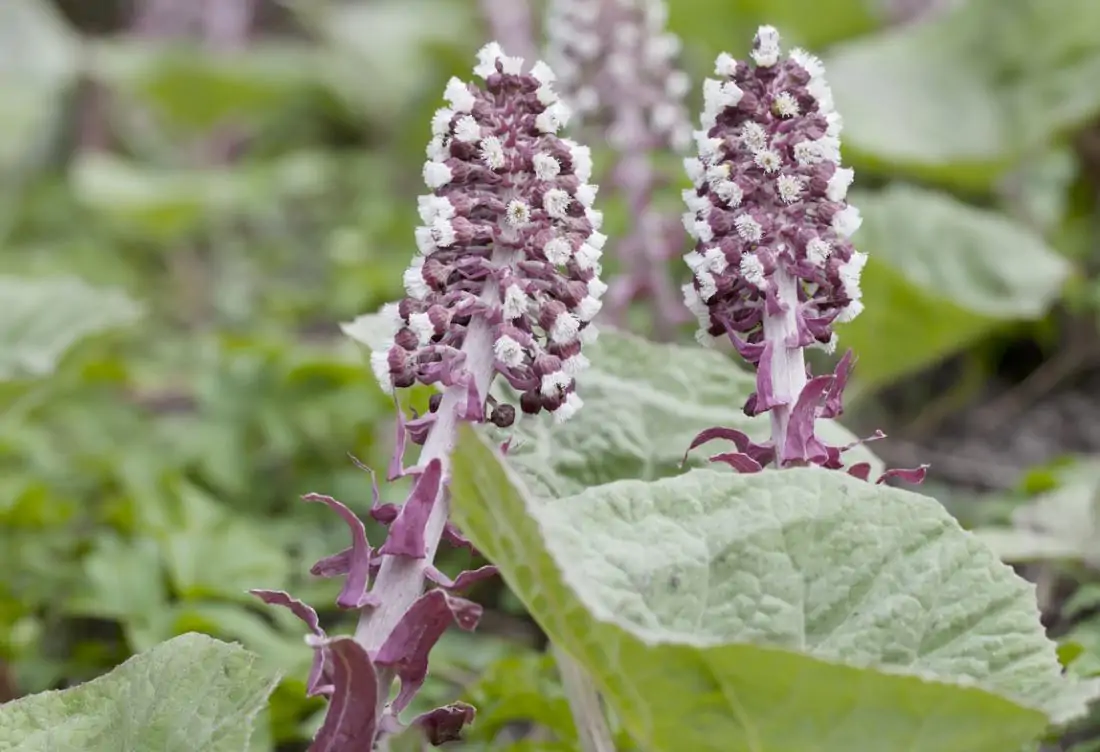Butterbur, a plant extract, is widely used in alternative remedies and is known for its various health benefits. Derived from the shrub Petasites hybridus, it is found in wet marshlands, damp forest soil, and riverbanks across Europe, Asia, and North America. The name “butterbur” originated from its historical use of wrapping butter to prevent melting during summer. It is available as a natural remedy in health food stores and pharmacies.
One of the primary uses of butterbur is in the treatment of migraines. Scientific research has shown that butterbur is a safe and effective migraine treatment, especially when used at higher doses. Although its exact mechanism of action is not fully understood, researchers believe that its active components possess anti-inflammatory properties, which may contribute to its migraine-relieving effects. In fact, a review conducted in 2012 recommended butterbur as an effective preventive measure for migraines, emphasizing its ability to reduce the frequency and severity of attacks.
Moreover, butterbur is commonly used to address hay fever, scientifically known as allergic rhinitis. People often turn to this herbal medicine to alleviate the symptoms associated with this condition. By incorporating butterbur into a healthy diet, individuals may experience relief from sneezing, congestion, and other uncomfortable symptoms caused by hay fever.
Overall, butterbur proves to be a versatile herbal supplement that offers potential benefits for various ailments. Its historical use during the Middle Ages in combating the plague highlights its long-standing significance in alternative medicine. With the support of scientific evidence, its effectiveness for migraines and hay fever has been established. However, it is important to consider the risks and consult with healthcare professionals before using butterbur as a supplementary treatment.


